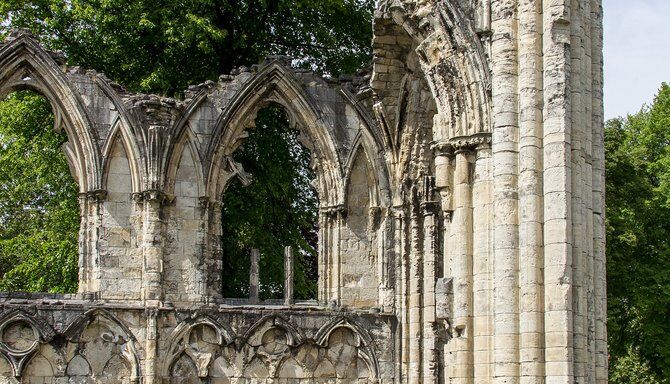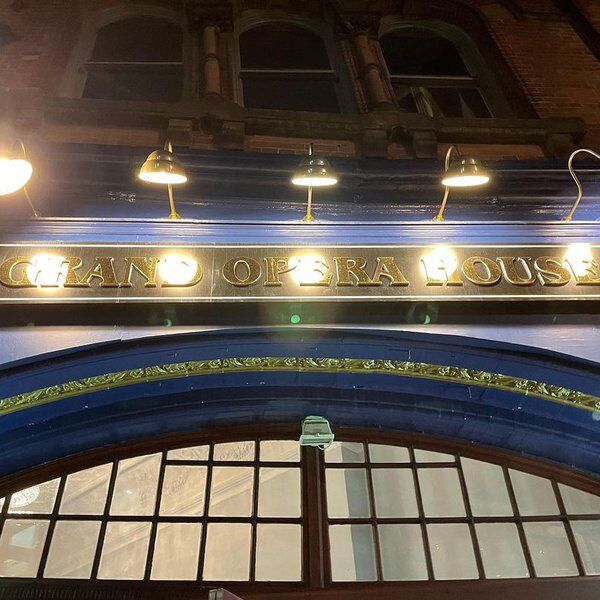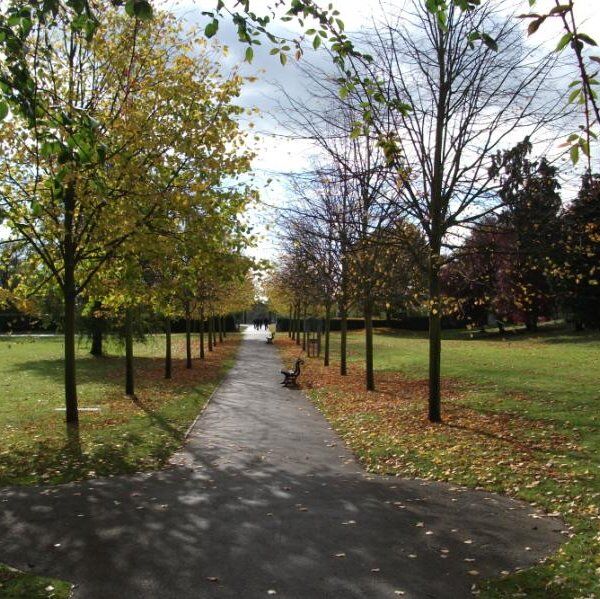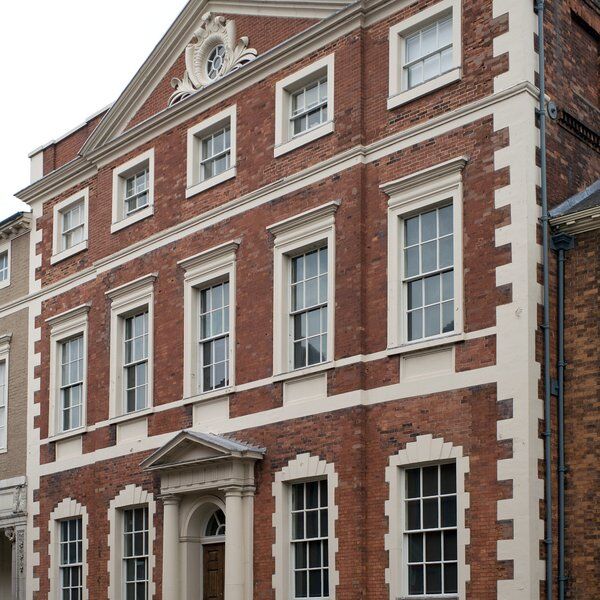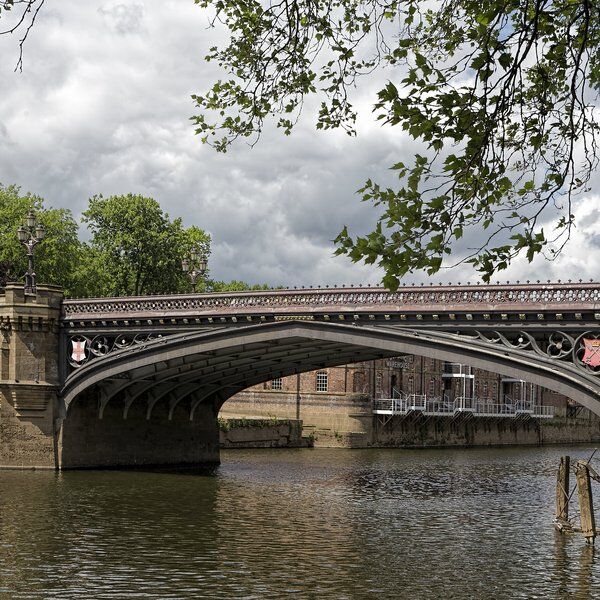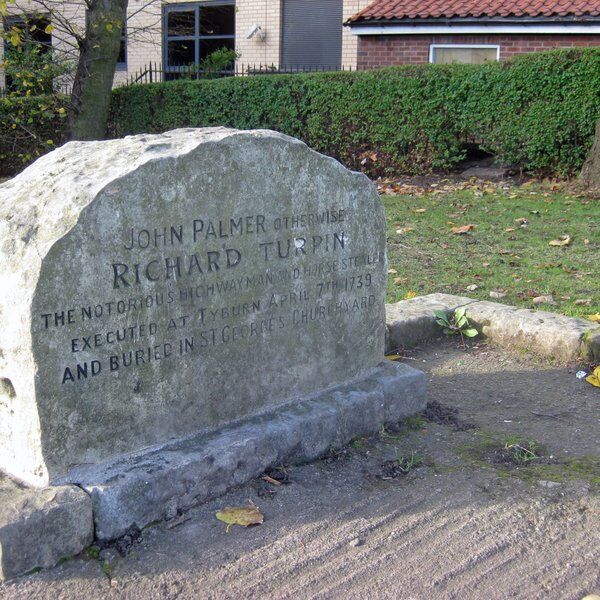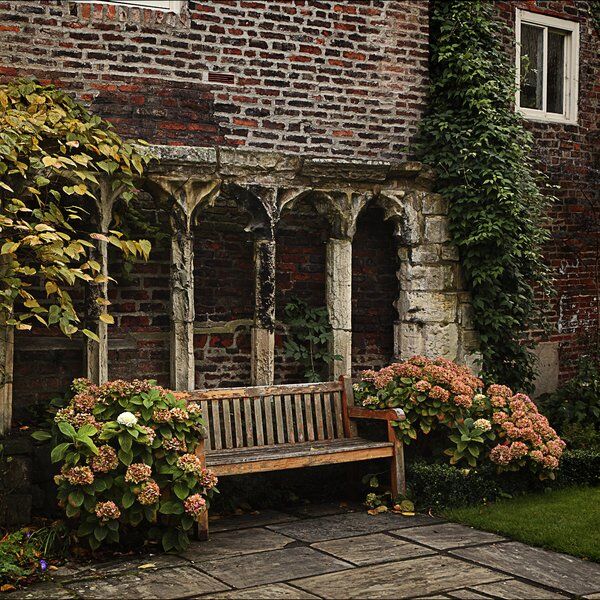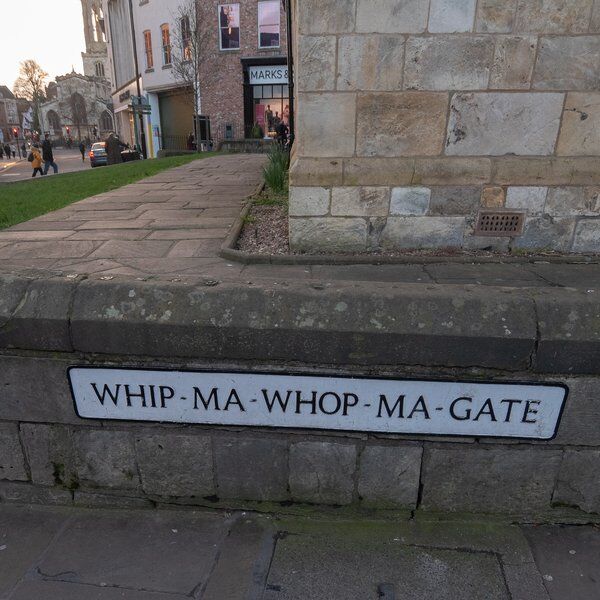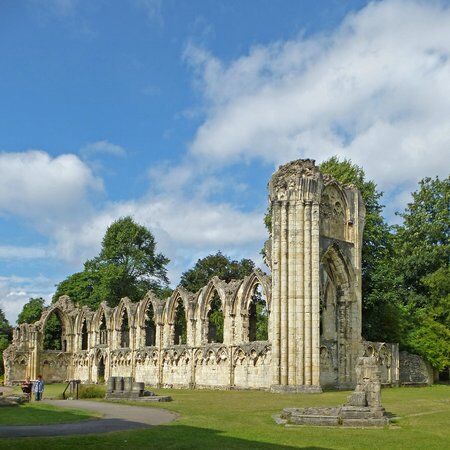
Discover St. Mary's Abbey in York
Tucked away inside the York Museum Gardens lies the picturesque ruins of St. Mary's Abbey. Founded in 1088 by William the Conqueror, this Benedictine monastery rose to prominence as one of the wealthiest and most powerful institutions in England. Within its walls, monks toiled tirelessly in prayer, abbey administration, manuscript copying, charity work, and managing the abbey's vast estates. All was prosperous, until the abbey’s fortunes took a drastic turn during the reign of Henry VIII and his pursuit of Reformation.
Today, the consequences of that tumultuous, monarchical time are reflected in the crumbling stone walls and glassless arched windows of the abbey. Although, despite its fall from grandeur, St. Mary's Abbey continues to be a hauntingly beautiful ode to York's ecclesiastical past, attracting visitors from far and wide.

Founding St Mary’s Abbey
Early Struggles
The origins of St. Mary's Abbey in York can be traced as far back as the year 1055, pre-Norman Conquest, when land was granted by Alan Rufus, son of Eudo, Count of Bretagne. It was intended that the land would be used to establish a Benedictine monastery, but disputes arose with the cathedral authorities over land ownership. This presented a problem until King William Rufus settled the disputes and refounded the abbey, laying a foundation stone for a new church dedicated to the Virgin Mary. From here St. Mary's Abbey flourished under royal patronage, receiving extensive privileges over the years.
Other early struggles included damage from a great fire in 1137 and internal conflict, due to the monks' differing opinions of, and commitments to, the Benedictine Rule. This conflict led to a significant rift in 1132 whereby a group of reform-minded monks, led by Prior Richard, departed to establish Fountains Abbey, a Cistercian foundation.

Privileges and its Consequences
Privileges sustained by St Mary’s Abbey included exemption from royal exactions and jurisdiction over numerous towns, villages, and churches. As such the institution played an important role in the region's political and economic landscape, supplying loans to the sovereign and participating in royal and papal affairs.
However, conflicts with the city of York, particularly over rights and liberties, strained relations between the abbey and the local community. These disputes persisted for years, eventually resolved through arbitration by Archbishop Thoresby in the 14th century.
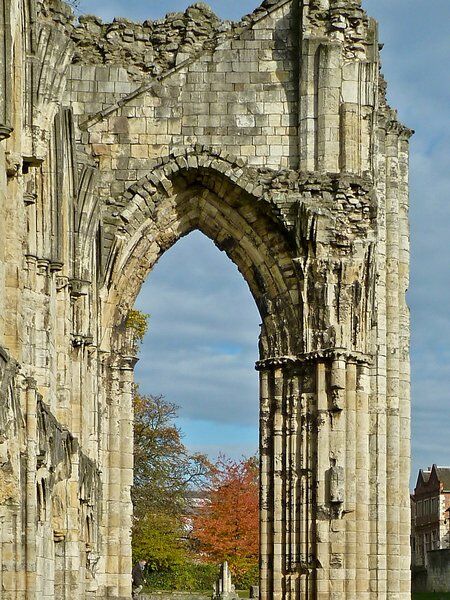
Growth and Prosperity
By the late Middle Ages, St. Mary's Abbey was flourishing as one of the wealthiest and most influential Benedictine institutions in Northern England. Its charitable activities, including daily alms distributions and educational endowments, benefited the local community and enhanced its reputation as a centre of religious and cultural life in York.
A grand rebuilding program commenced in 1270 under the direction of Abbot Simon de Warwick, resulting in the construction of a magnificent church that rivalled even York Minster. The completed Abbey was so impressive, stretching 350 feet in length and featuring a nave, transepts, chapels, and a presbytery, along with a large community of monks, scholars, and servants.

Dissolution and Decline
Unfortunately, the Abbey's prosperity was short-lived. In the 1530s, Henry VIII began his dissolution of the monasteries. By 1539, St. Mary's Abbey had fallen victim to his campaign, surrendering its wealth and assets to the Crown. Much of the Abbey's ornate structure was dismantled, the monks were pensioned off, and the abbey buildings were repurposed into a palace for the king when he visited York. Over time, the once majestic abbey fell into ruin.

St Mary’s Abbey: Benedictine Heritage
St. Mary's Abbey in York adhered to the principles laid down by St. Benedict. Governed by an Abbot, assisted by a Prior, the abbey was a hub of activity with around 40 to 60 monks residing within its walls. There would also have been up to 50 scholars from the minster school and numerous servants.
While Benedictine life was disciplined, it allowed for more flexibility compared to some other religious orders. There was no vow of silence, but the cornerstone of the monks' routine was regular prayer—eight sessions each day, starting as early as 2 am. One monk would be tasked with waking the others for mass, even resorting to a stick if necessary.
The Chapter House served as a focal point for the monks, where they gathered for daily readings and contemplation. Beyond prayer and meditation, a monk's daily tasks likely included administrative duties. Although records were lost during the dissolution of the abbey, it's believed that manual labour was delegated to servants, given the abbey's extensive property holdings and facilities.
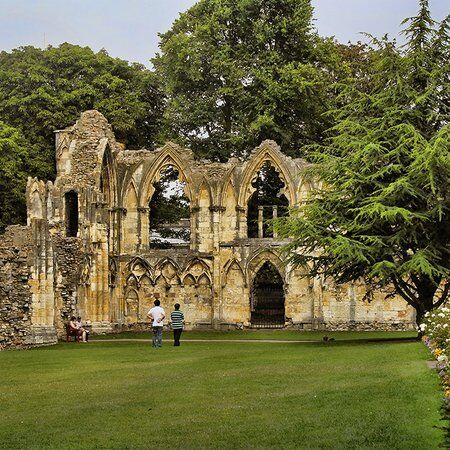
The Architectural Design of St Mary’s Abbey
St. Mary's Abbey in York followed the typical layout of mediaeval monasteries, featuring essential structures like the church, cloisters, dorter, chapter house, and frater. The church was the centrepiece, often designed in a cross shape with additional chapels and chantries for individual prayers.
Adjacent to the church lay the cloisters, situated to the south to capture sunlight and shelter monks from the elements. These cloisters provided covered walkways with stone benches and sometimes individual study areas. Cloisters typically included a book cupboard, essential for scholarly pursuits.
On the east side of the cloister stood the dorter, where monks slept, and the reredorter, or toilet block. The chapter house, second only to the church in importance, served as the meeting place for administrative matters. Opposite the church was the frater, or monastic canteen, often connected to the dorter by a passage. The kitchen, usually separate, provided sustenance for the community.
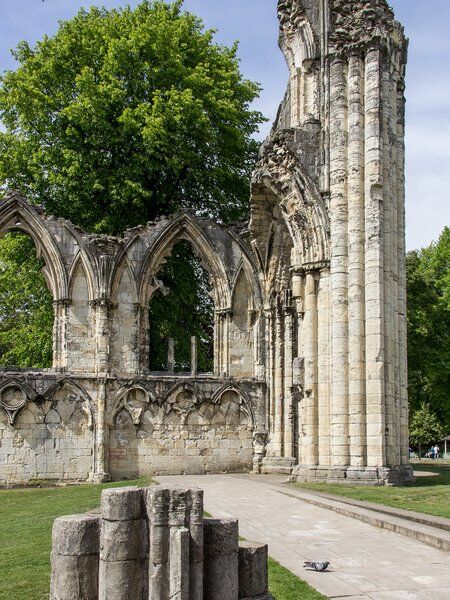
Exploring St. Mary's Abbey Ruins in York
While much of St. Mary's Abbey in York now lies in ruin, parts of the north and west walls still stand. Visitors can wander through the Museum Gardens and discover hidden stone coffins amidst the trees and bushes. Or explore the 14th-century abbot's house, now known as King's Manor. The mediaeval Hospitium, once a place of hospitality for abbey guests, can also be found nearby, as can the Yorkshire Museum. Adjacent to the ruins, stands St. Olave's Church and 5 minutes away on foot, is York Minster. There’s no end to the exploration that can come about from a trip to St Mary’s Abbey in York!
Moreover, remnants of St. Mary's Abbey can be found scattered throughout York, from the stone used in Clifford's Tower and the Castle Museum buildings to the architectural elements incorporated into St. Olave's Church.

Ready to discover more of what York has to offer?
CityDays have FOUR outdoor treasure hunts in York to choose from, all of which combine the fun of an escape room with the historical facts and whimsical trivia of a walking tour!
Take the stress out of planning your visit to York and book your adventure today!
Not visiting York this time? Don’t worry, you’ll find us all over the world.
